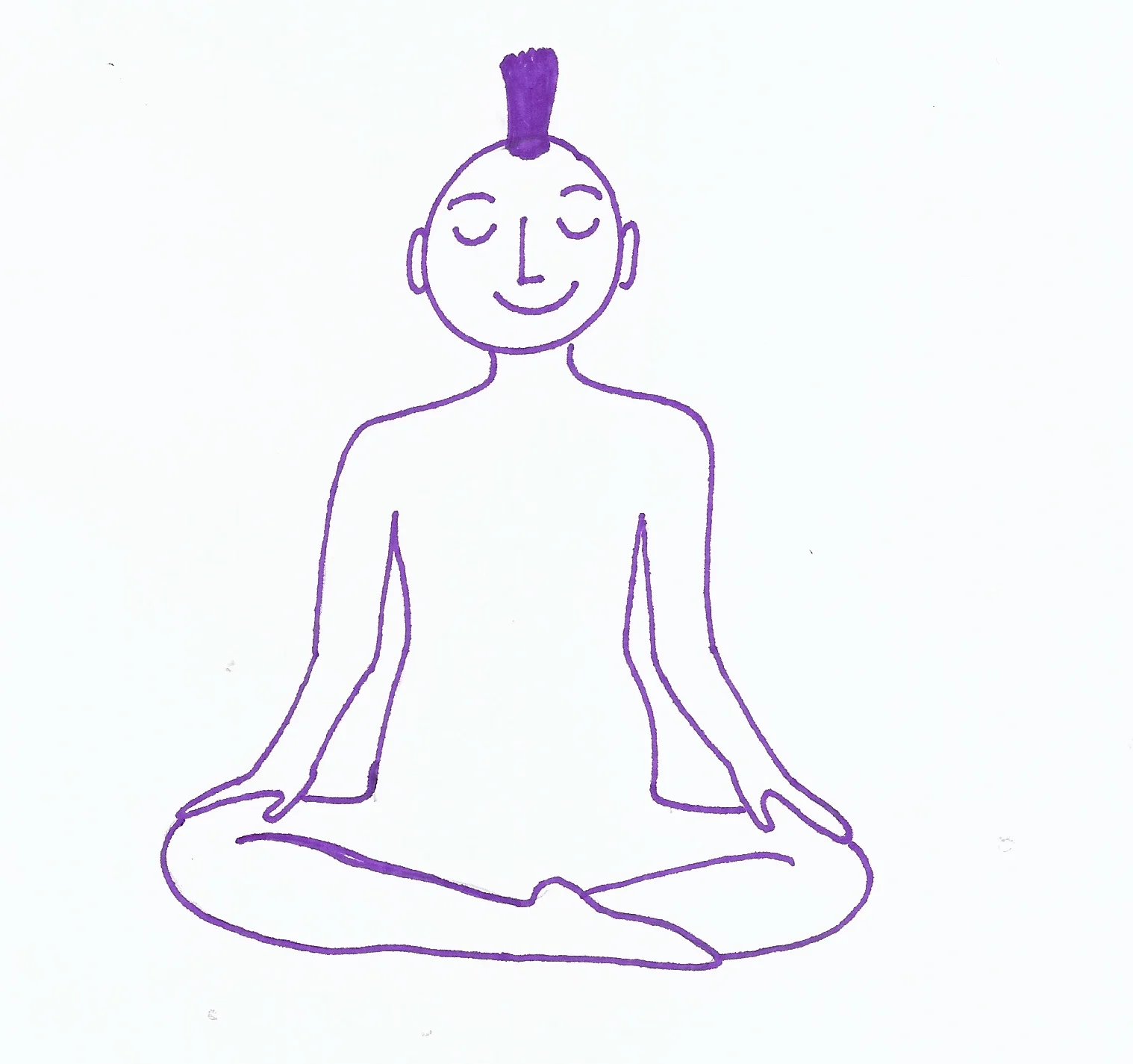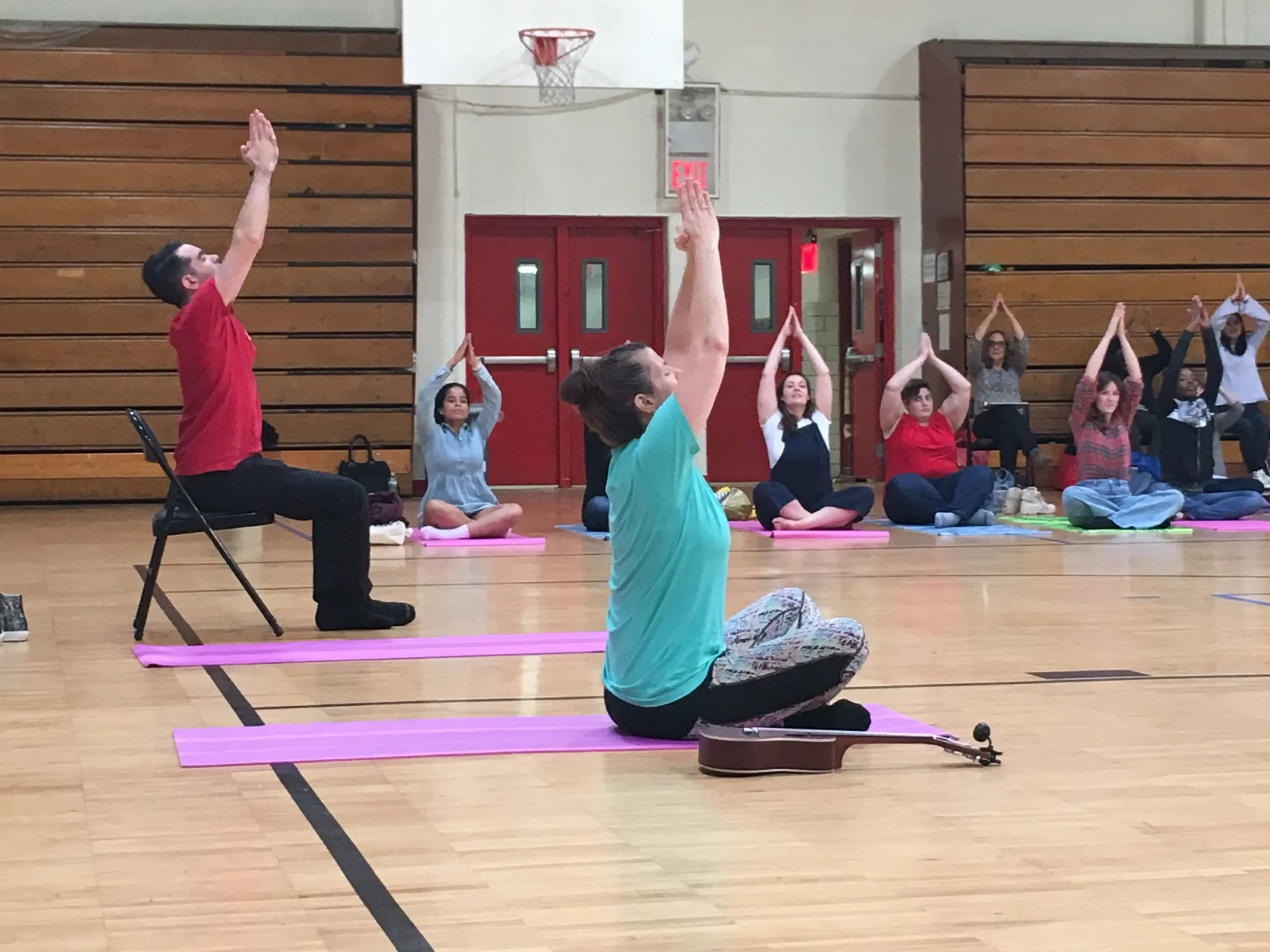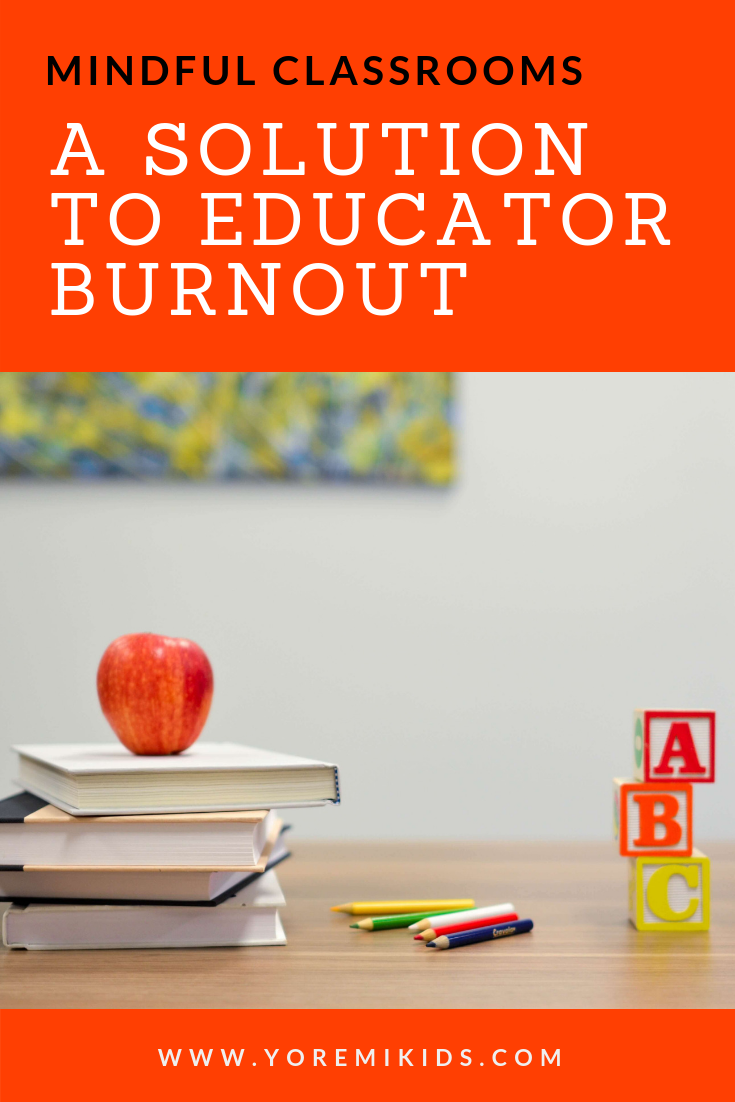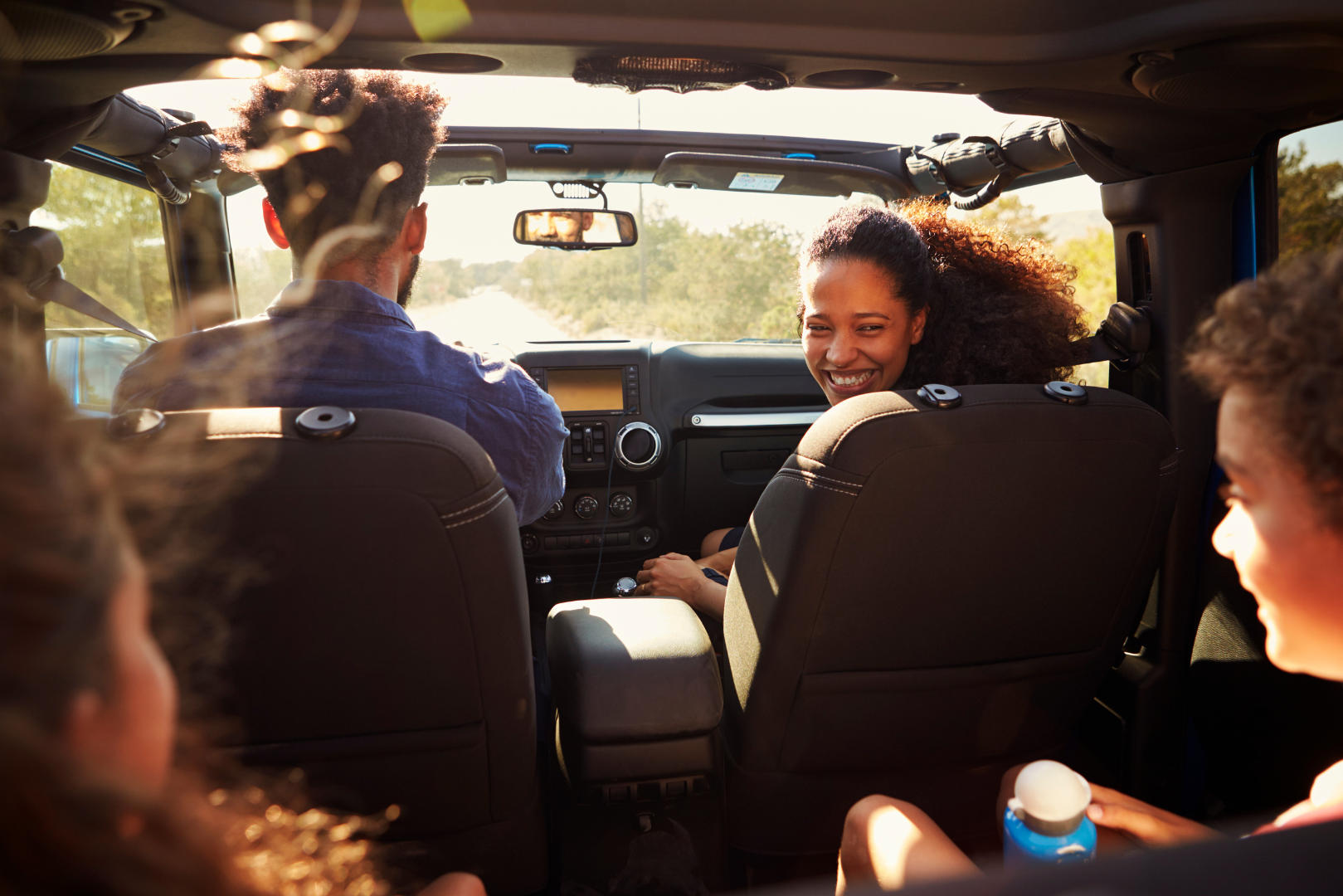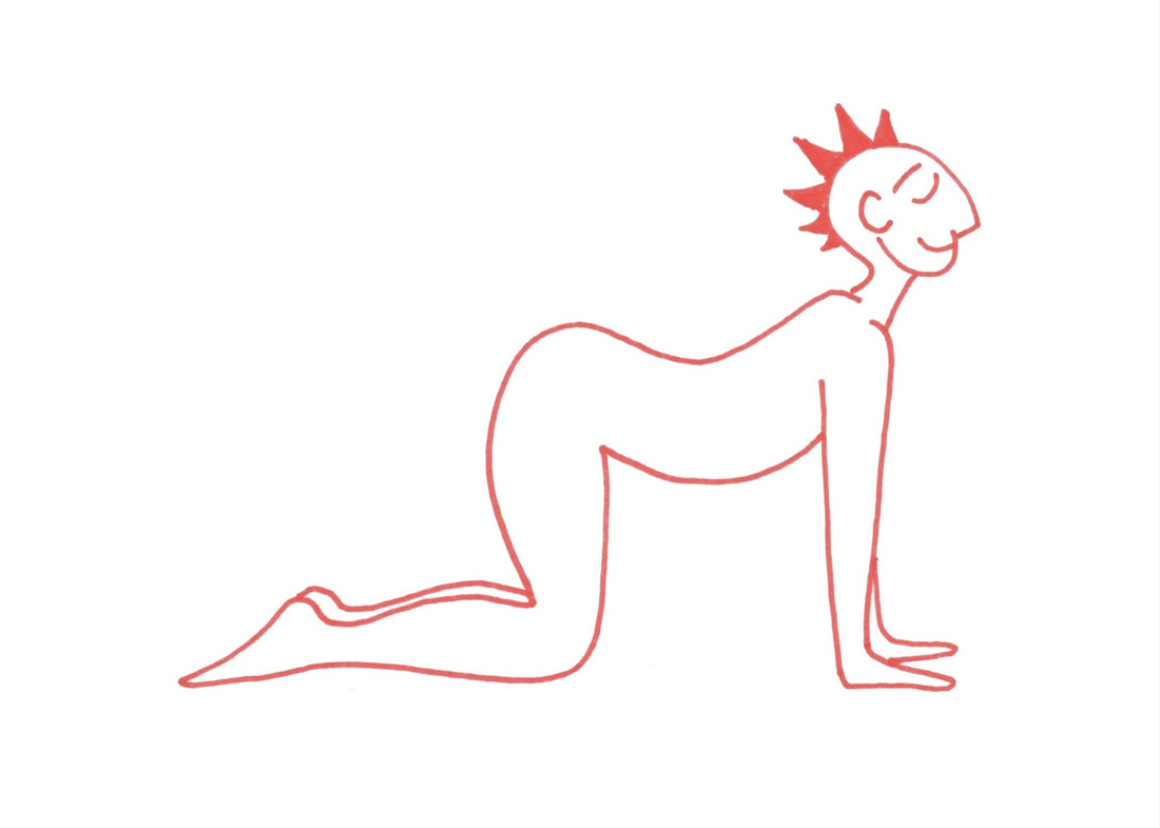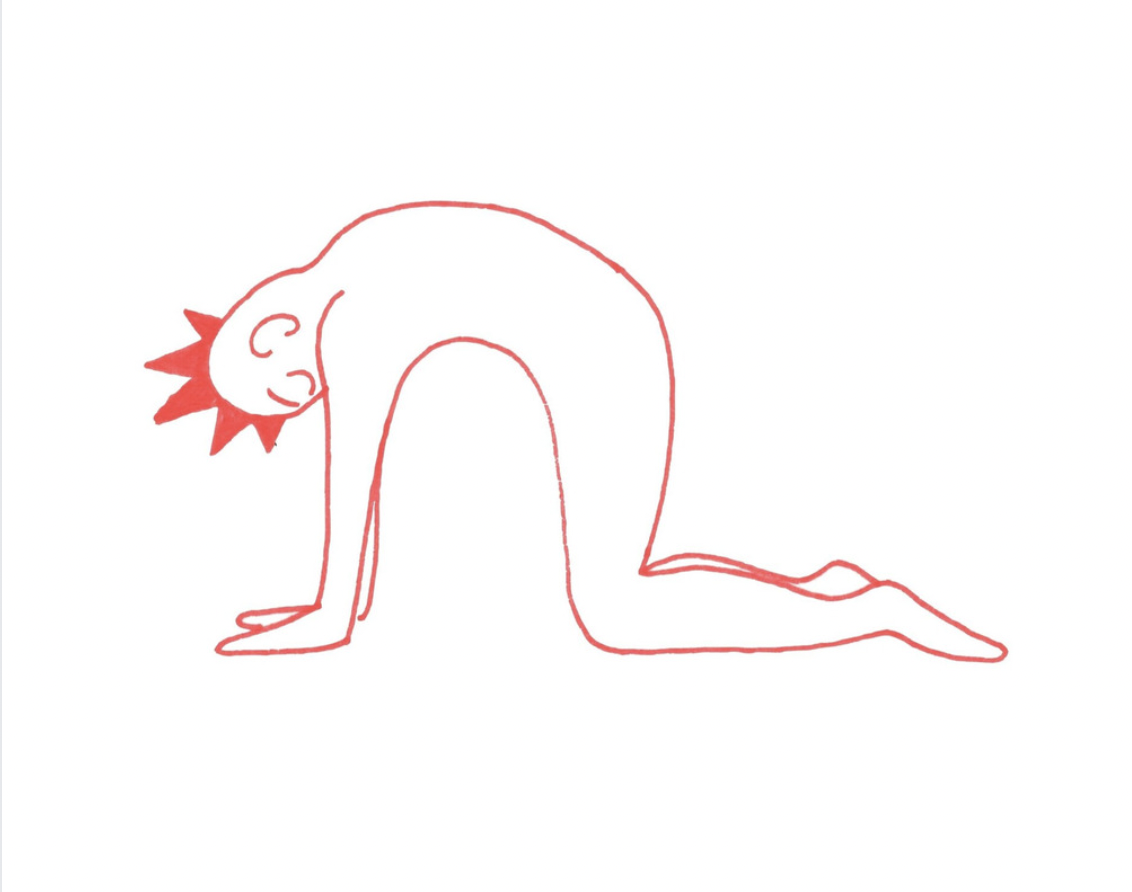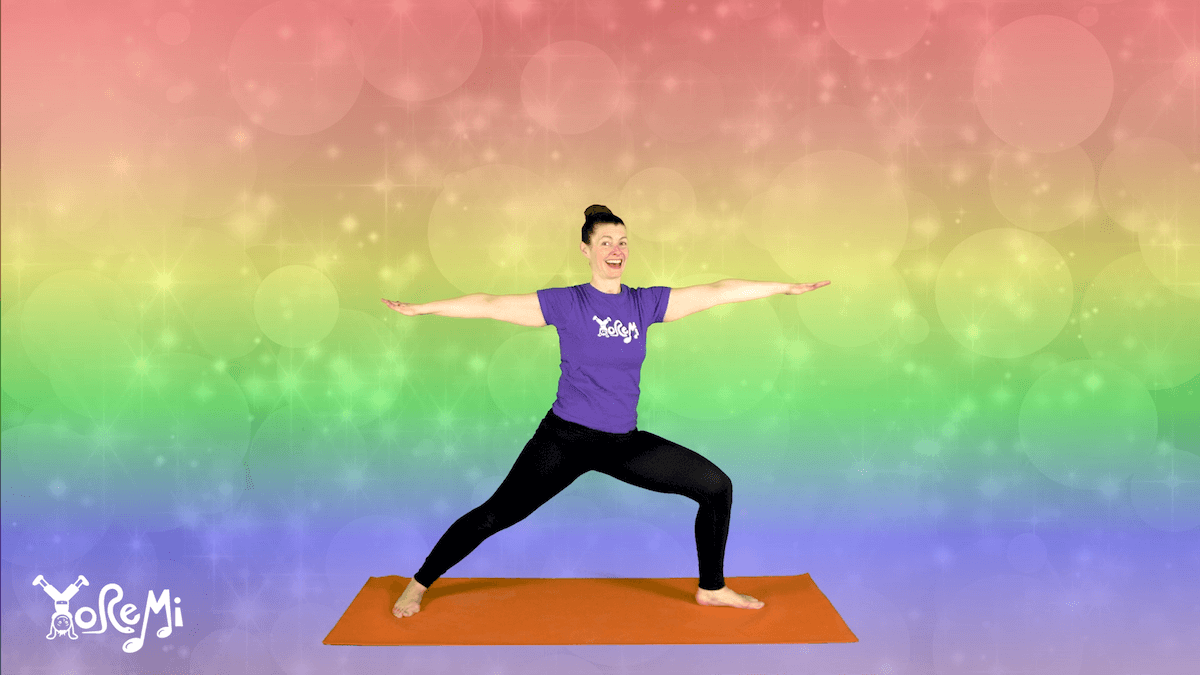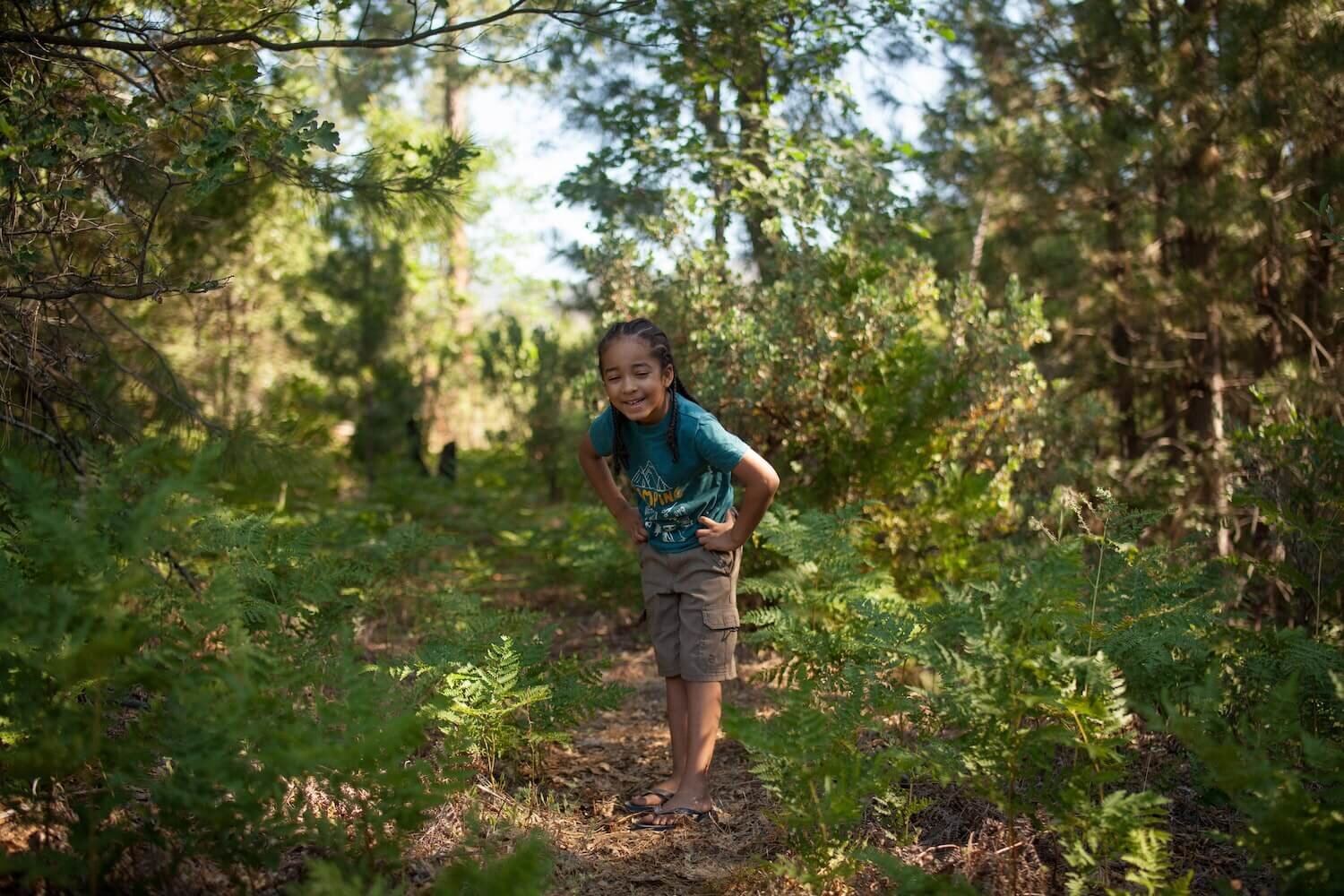Building a Mindfulness Practice for Educators: Part 1
Feeling overwhelmed at school?
Can’t remember the last time you were kind to yourself?
Seeking to add some mindfulness to your classroom?
Let’s build an educator’s mindfulness practice together.
This is Part 1 of a two-part series: where we will unpack a brief history of mindfulness, evidence of its successful application in the classroom for both students and teachers, and easy practices you can try today.
Part 2 of the Mindfulness for Educators series will provide tips on building a personal mindfulness practice, and supply effective techniques to implement mindfulness into your daily life and the classroom.
A Solution to Educator Burnout
If there is one thing I know about being an educator, it is that we have a tendency to make our students’ well-being our top priority – sometimes at the expense of our own. So how do we combat the burn-out, emotional fatigue, and self-regulatory exhaustion that can accompany the day-to-day chaos of a classroom?
We recommend mindfulness!
There are unlimited applications when implementing mindfulness in a classroom. The benefit to the student is only exceeded by that to the teacher.
The Benefits of Mindfulness Practice for Educators
When mindfulness practice was adopted in the modern West, one of its most prominent pioneers, Jon Kabat-Zinn, adapted traditionally Buddhist techniques into a form he called Mindfulness Based Stress Reduction or “MBSR”. As time went on, Kabat-Zinn removed the Buddhist framework to focus more on the scientific application and results of mindfulness practice.
“[Mindfulness is] a means of paying attention in a particular way; on purpose, in the present moment, and non-judgmentally.”
Since then, it’s been often concluded that with continued practice, mindfulness meditation can actively increase grey matter in the hippocampus, an area of the brain essential to memory, self-awareness, compassion, and learning.
We’ve now seen mindfulness replace detention in schools and test scores rise, as well as improved social emotional learning and self-regulation expand across demographics. Fortunately, this evidence of mindfulness benefits applies to educators as well.
Try This: Quick Mindfulness Exercise for Educators
Allow your eyes to close. Release your shoulders, your jaw, and your tongue.
Begin to notice your breathing. Is it deep? Shallow? Fast?
Begin to notice how you feel.
We’re not looking for judgement or trying to change anything, we are just noticing the sensations in the body. Hot, cold, hungry, tired, frustrated; everything is welcome.
Take a breath in and out through your nose. And another. One more.
How do you feel now? Open your eyes.
Perhaps you found that the sensations in your body changed. Perhaps they remained the same. One of the key aspects of mindfulness is observation without judgement – good or bad.
But aside from that, how did it feel to take a moment all to yourself, to focus on you and the sensations in your body? Whenever I practice I feel a bit like I’ve stolen some time on my own just to be – and that always feels like a win, even when I encounter sensations within that experience that I don’t always enjoy.
What Mindfulness Practice Means for Teachers (and Their Classrooms)
Teachers are an essential component of a young person’s life. Early educators can and do set patterns for future learning and self-acceptance. But as you may have experienced, being a teacher can also be a stressful job at times.
Using mindfulness-based stress reduction practices, teachers “show[ed] significant reductions in psychological symptoms and burnout, improvements in observer-rated classroom organization... and increases in self-compassion.” Who doesn’t want more of that?!
You may be thinking, “But, when am I going to have time to schedule mindfulness into my day?! Between snack time and planning periods, I barely eat my own lunch!”
Sometimes it may feel like we simply do not have time for this; but maybe all we need is a shift in perspective.
Try this: Make every moment a mindful moment
Every moment. Like this moment. And this one. And this one too.
Sure, maybe you’re not ready to close the classroom door for five minutes during lunch and ignore the interruptions. But what if every time you open a door, any door, you took a deep breath and whispered the word, “Gentle“ in your mind?
What if every sip of coffee you take, you chose to savor the flavors and delight in the experience? There are countless opportunities for mindfulness in each and every breath.
We’ll go over more mindfulness practices and tools in Part 2 of this series, but for now remember this:
You do yourself and students a great disservice if you try to feed them from an empty plate. You must first attend to your own needs before you can help others. When you are more engaged with life in a positive frame of mind, you are more available for your loved ones, yourself, and yes, your students too.
Share this post
Help other educators receive the benefits of a Mindfulness Practice.



